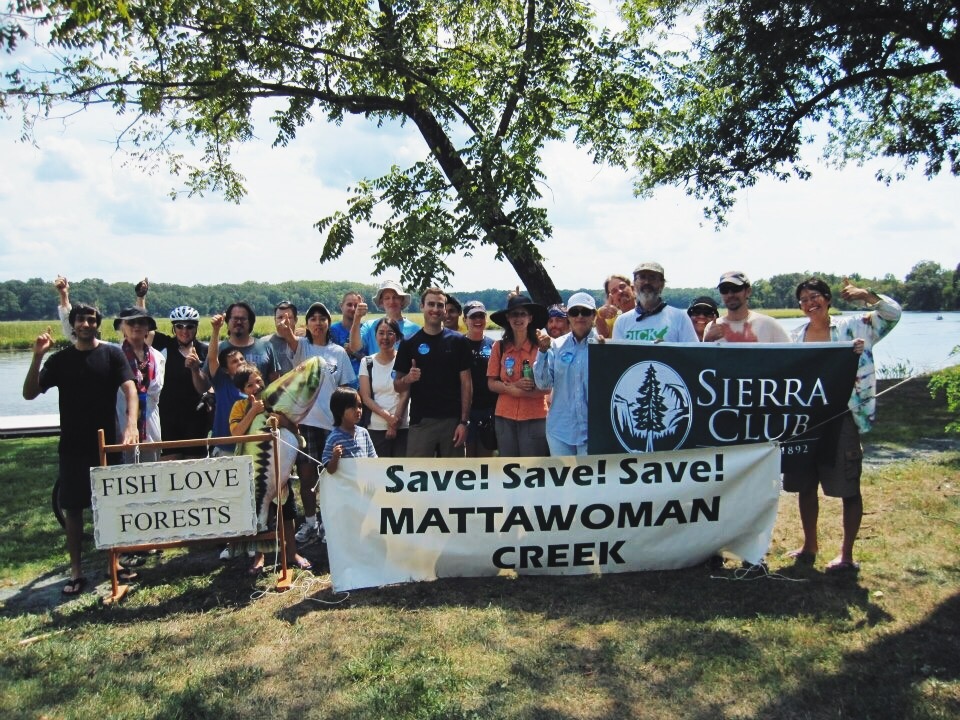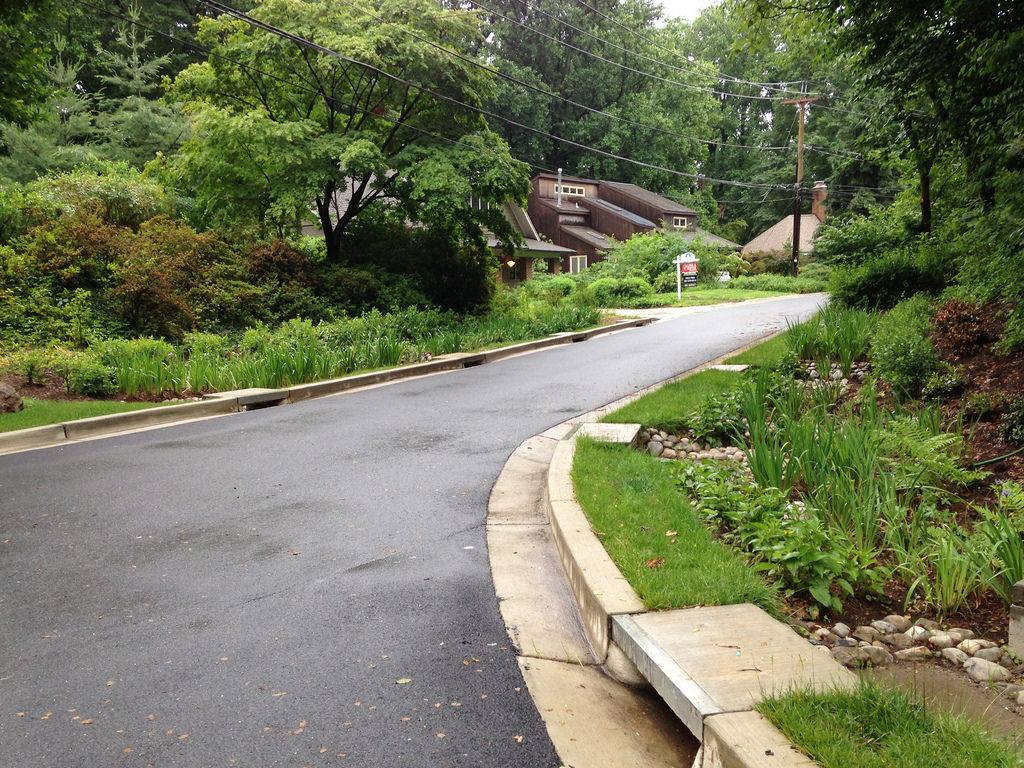What Is Runoff?
Runoff is any water that flows across the surface of the land into a body of water. Runoff can flow into a ditch, a stream, a river or directly into an ocean or bay.
- Runoff occurs when there is more water than the land can absorb, and the excess flows across the surface of the land directly into nearby creeks, streams or other water bodies.
- Urbanization increases the amount of runoff. Surfaces that are covered by buildings and hard surfaces like pavement do not allow rain and snow melt to soak into the ground. This greatly increases the volume and speed of stormwater runoff.
Why Is Runoff a Problem?
Most developed areas rely on storm drains to carry runoff from roofs and paved areas to nearby waterways. Everything from our rooftops, roads, parking lots, driveways, yards, gardens and farms ends up in our rivers, streams and the Chesapeake Bay. This runoff is not filtered and carries harmful pollutants, such as:
- chemicals, pesticides and fertilizers from yards, gardens and farms
- viruses, bacteria and nutrients from pet waste and faulty septic systems
- gas, oil, grease and toxic chemicals from motor vehicles
- heavy metals (such as copper, lead, and zinc) from roof shingles, motor vehicles and other sources
Consequences of Runoff
Polluted runoff makes our waterways unsafe for swimming, threatens Maryland seafood and causes localized flooding and property damage.
- Unhealthy Waters: Polluted runoff carries harmful contaminants into our waters, resulting in water contact advisories and beach closures.
- Unsafe Seafood: Maryland seafood is iconic, but polluted runoff can lead to seafood consumption advisories and threaten our state’s maritime industry.
- Flooding & Erosion: Runoff causes flooding and stream erosion, which can threaten private property and public infrastructure.
Solutions to Managing Polluted Runoff
Communities all across the country have successfully adopted programs that reduce pollution by reducing or managing runoff. There are multiple components to a successful program:
- Sound Legislation: We need effective laws to ensure we are protecting our communities from the negative impacts of polluted runoff. Read More
- Effective Regulation: All forms of pollution, including runoff, need strong regulation to ensure accountability and consistency. Read More
- Enforcement: Laws and regulations are only effective if they are properly enforced. Citizens and governments must be watchdogs.
The Center for Watershed Protection recently published a report on model laws that help manage polluted runoff. “The Value of Stormwater Fees in Maryland” underscores the need for the three components above.
Runoff Management by County
Charles County: Watershed Conservation District Victory

On Tuesday, June 6, 2017, the Charles County Board of Commissioners voted 3-2 to approve the establishment of the Watershed Conservation District (WCD), rezoning 36,000 acres of land in the Mattawoman Creek and Port Tobacco River watersheds to protect the low density of undeveloped areas within the WCD. The passage of these zoning amendments is a major victory in the Sierra Club’s almost 25 year-long campaign to save Mattawoman Creek.
Although this is great win for conservation efforts, the development lobby has already started their counter campaign by threatening a referendum. If we want to continue to push back against unsustainable sprawl, we will need to continue electing leaders who understand that environmental preservation should go hand-in-hand with economic development and who will work hard to make that happen.
Howard County: Flooding and Recovery in Ellicott City

To prevent future flooding events like that of July 2016, Howard County developed the Ellicott City Master Plan, which will address many issues with stormwater management within the city. However, this plan fails to address needed limitations on upstream development. Developers have continued to propose development plans even though further development of the rural and sensitive western county will only worsen current flooding issues by increasing the amount of impermeable surfaces contributing to runoff.
Get involved in this issue by attending Master Plan Workshops and telling the county upstream development must be seriously considered in this process.
Montgomery County: New Stormwater Management Programs
 As Montgomery County continues to undergo further development, it has started up new programs to better manage growing stormwater runoff. Addressing this issue is especially pertinent in neighborhoods where high-density development has led to high rates of impervious coverage. GreenStreets and Rainscapes, two of the county’s new programs, tackle the problems from increased runoff by improving stormwater management in residential areas.
As Montgomery County continues to undergo further development, it has started up new programs to better manage growing stormwater runoff. Addressing this issue is especially pertinent in neighborhoods where high-density development has led to high rates of impervious coverage. GreenStreets and Rainscapes, two of the county’s new programs, tackle the problems from increased runoff by improving stormwater management in residential areas.
Learn More
- Land use
- Climate: Heavy rainfall is very likely to become more frequent as the climate changes, leading to more runoff, etc.